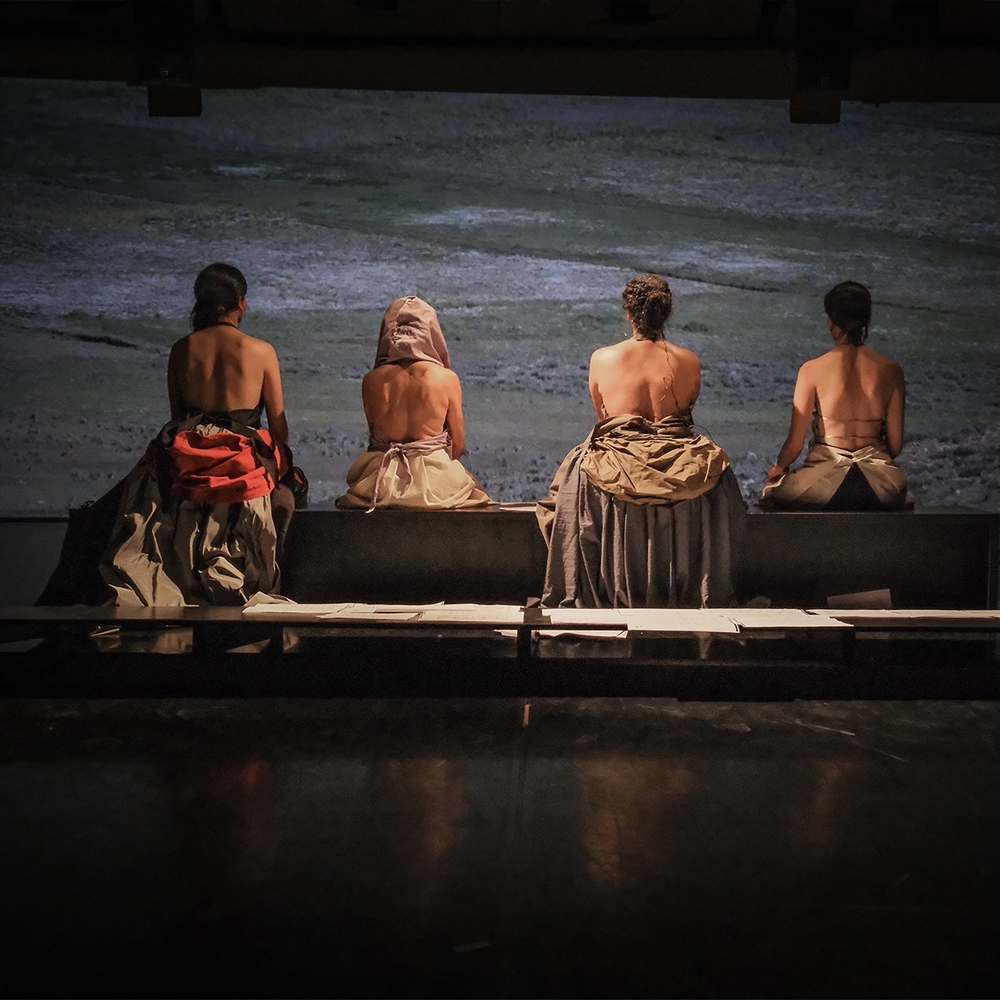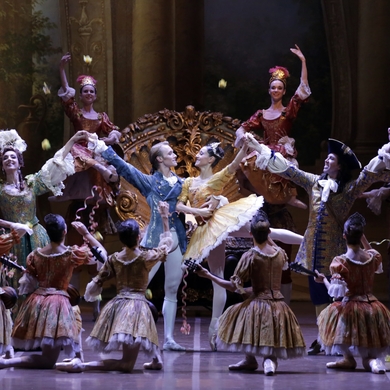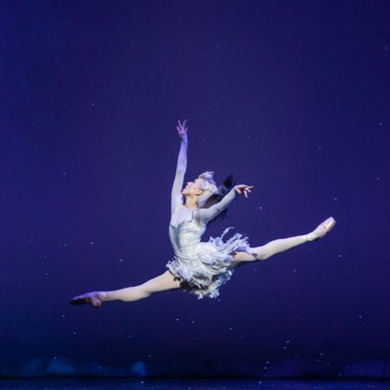There are so many dance festivals across Europe during the summer—in every major city and many minor ones—that you could spend the whole three months bopping from one to another and still have enough for next year. What’s surprising and gratifying—and argues for taking this vacation fantasy seriously—is how little the offerings overlap. Each locale stakes out its own territory—geographically, thematically, stylistically, even demographically. Avignon is France’s longest-running festival, which says something, given the French tradition of long vacations and the arts festivals to sustain them. But the Festival d’Avignon is not frozen in time. For the second festival under Portuguese theater director Tiago Rodrigues, the onetime French colonial “properties” of Tunisia, Morocco, and Lebanon figure largely. From Beiruti Ali Chahrour to the Moroccans Radouan Mriziga and Bouchra Ouizguen, and the Tunisian siblings Sofiane and Selma Ouissi, the common thread is the pairing of anthropological or sociological investigation with a disjunctive, obsessive, self-conscious—in short, postmodern—style. Indeed, the odd conjunction of documentary with the dreamlike and fragmented characterizes much of the most interesting postmodern work circulating in Europe today. Chahrour takes up the plight of immigrant domestic workers (whom he hires for the piece). Mriziga interprets the folk practices of Tunisia’s off-the-grid “desert peoples,” while the Ouissis—after embedding themselves with the Northern Tunisian women potters who for generations have made the country’s signature female clay figurines—mold clay absent the actual clay: gestures in the air. Ouizguen develops her pieces from “one very small movement” that she has extracted from regions and artists “nobody cares about,” she says. “The face could be a stage. The neck also.” —Apollinaire Scherr




